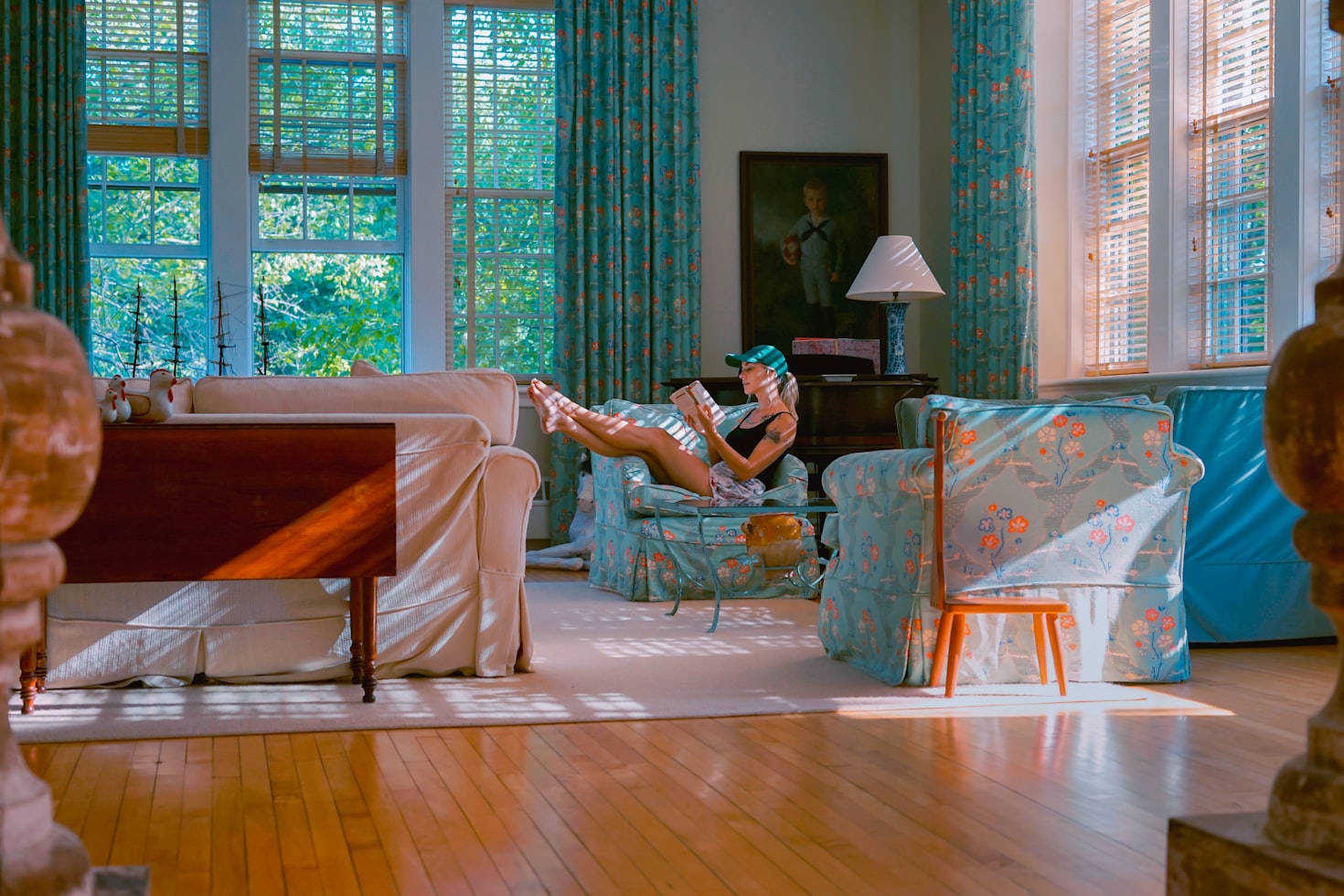When art takes centre stage in a room, the lighting plays a pivotal role in its presentation, affecting how the artwork’s colours, textures, and details are perceived. Understanding how to harness the power of lighting can transform an ordinary space into a gallery-worthy display. Here are some essential art lighting tips to ensure your paintings not only shine but also contribute to the ambience and aesthetic of your space.
The Basics of Art Lighting Tips

To ensure that lighting complements and enhances the presence of paintings on display, it’s essential to consider several factors, including the type of artwork, lighting sources, and the desired ambience. Different types of artwork may require varied lighting approaches; for example, oil paintings might benefit from more intense illumination to bring out their vibrant colours, whereas watercolours could require softer lighting to prevent fading. The choice between natural and artificial lighting depends on control and consistency, with many galleries opting for a mix of both to achieve the best results.
When selecting artificial lighting, LED lights are increasingly favoured for their energy efficiency, longevity, and minimal heat and UV emission, making them safe for delicate artworks. They offer adjustable colour temperatures, allowing customisation to match or enhance the painting’s colours. The colour temperature, measured in Kelvin, should be chosen to complement the artwork’s colour palette, with warmer temperatures enhancing warm-toned paintings and cooler temperatures better for cool-toned pieces.
Track and adjustable recessed lighting are popular for their flexibility and ability to direct light precisely where needed, minimising glare and ensuring even illumination across different artworks. It’s also worth considering using UV-filtering materials on windows and frames to protect artworks from potential UV damage if natural lighting is used. Maintaining lighting fixtures and bulbs is crucial to prevent colour shifting and uneven lighting, ensuring the artwork remains the focal point.

Art Lighting Tips for Optimal Illumination
Positioning and Angle: The lighting angle is crucial to avoid glare and shadows that can obscure the artwork. A common guideline is positioning lights at a 30-degree angle from the artwork to highlight the details without causing reflective glare.

Colour Temperature
Colour temperature plays a critical role in art lighting, significantly impacting the perception of colours in artworks. The concept of colour temperature is tied to the hue and tone of the light source, as described in Kelvin (K). Warmer lights have lower Kelvin values, producing a yellowish glow, while cooler lights have higher Kelvin values, resulting in a bluish light. For art, a neutral white light, typically between 3000K and 4000K, is often recommended because it provides a balance that doesn’t skew the artwork’s colours too much towards warm or cool tones. This range is close to daylight and can enhance the viewing experience without distorting the original colours of the art.
In art studios or galleries, the choice of colour temperature can affect the consistency and accuracy of colour perception. For windowless art studios, 5000K is commonly suggested as it closely resembles daylight and is balanced in the colour spectrum, offering a pure white light that does not alter the appearance of colours. This colour temperature aligns with industry standards for colour viewing, ensuring that artworks appear under lighting conditions similar to those used by others in the art community.
Incorporating natural light can also enrich the visual experience in galleries. However, managing natural light carefully is essential to prevent artwork damage and ensure consistent lighting conditions. Using diffusing materials and strategic window placement can help control the intensity and distribution of natural light. Blending natural light with artificial sources like LED lighting, which offers adjustable colour temperatures and dimming capabilities, can create a dynamic and flexible lighting environment. LEDs are favoured for their energy efficiency, low heat emission, and the ability to closely mimic natural light, enhancing the artwork’s colours without the risk of heat or UV radiationdamage.

Dimming Capabilities
Dimming capabilities in art lighting are essential for creating the right atmosphere in a room and drawing focus to artworks. Adjustable lighting levels, achieved through dimmer switches or LED panels, offer the flexibility to adapt the lighting to different times of day or specific events, enhancing the visual impact of art displays.

LED lighting, in particular, has become popular in galleries and museums due to its energy efficiency and advanced colour rendering capabilities. LEDs with high Color Rendering Index (CRI) values ensure accurate colour representation, allowing viewers to experience the artwork as intended by the artist. Moreover, LEDs emit minimal UV and IR radiation, reducing the risk of damage to sensitive art materials.
When selecting dimming options, it’s crucial to consider the compatibility of the dimmer with your lighting source. Not all bulbs are dimmable, and the wattage of the bulbs will determine the power rating of your dimming switch. Various control styles, from rotary and slide to smart dimmers, offer different functionalities and aesthetics to suit your space and needs.
Tailoring Art Lighting Tips to Enhance Room Ambiance
The lighting should complement the room’s overall design and purpose. In a cosy reading nook, softer, warmer lights might bring out the richness of an oil painting. In contrast, a modern, minimalist space might benefit from sleek, directed spotlights that accentuate the crisp lines of contemporary art.


Avoiding Common Art Lighting Mistakes
A frequent oversight is using too harsh or direct lighting, which can lead to fading and damage over time. Equally, inadequate lighting can cause artworks to recede into the background, losing their impact and vibrancy. Balancing the intensity and spread of light ensures that each piece is seen as intended without compromising its preservation.
Conclusion
Incorporating these art lighting tips into your space can dramatically affect how artwork is viewed and enjoyed. By carefully considering the positioning, temperature, and intensity of light, you can enhance the visual appeal of your art collection and create a more dynamic and engaging environment by following these art lighting tips. Whether displaying a centuries-old masterpiece or a contemporary creation, the right lighting will ensure your art takes centre stage, captivating and inspiring all who view it.

